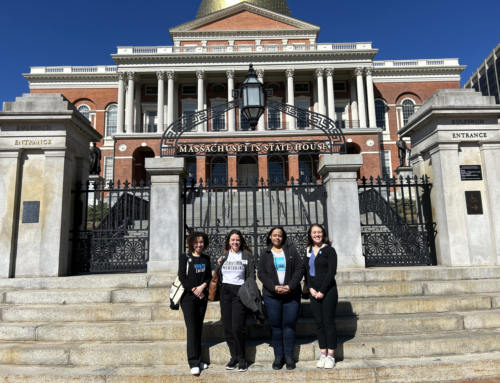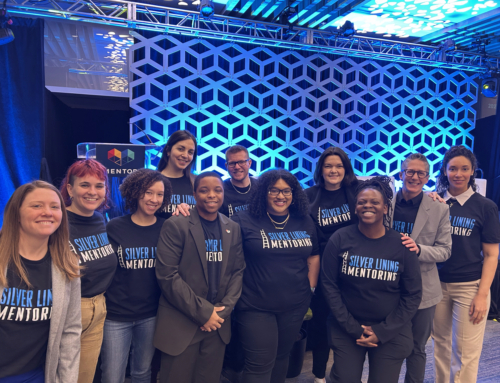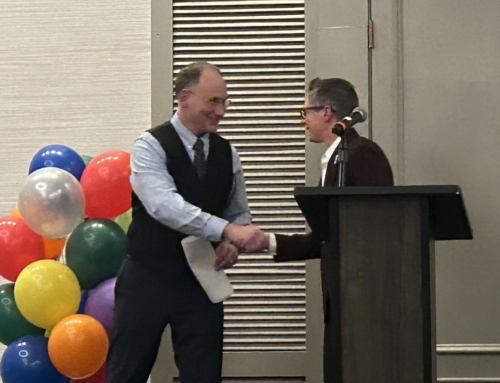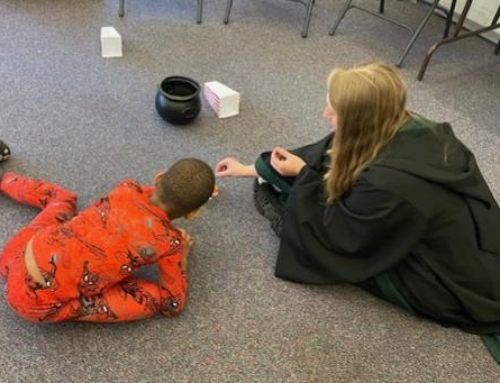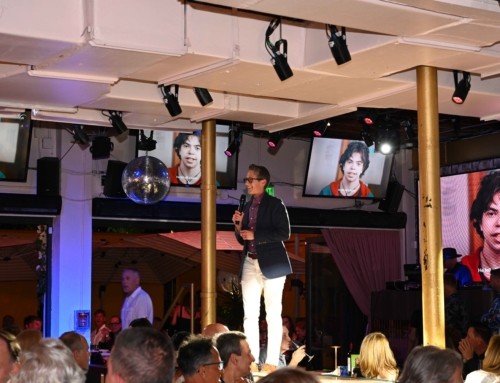by Christina Haines
Adolescence is a critical time of identity development. The teenage and young adult years present a strong drive to answer the question, “Who am I?” The quest for this answer informs a young person’s confidence, aspirations, and relationships, among other pillars of life. Exploration of racial and ethnic identity is a core part of this self-discovery, especially for youth of color.
Children as young as age 3 are able to categorize racial groups based on skin color. By age 5, children begin associating attributes on the basis of racial groups, usually associating positive attributes and a preference for White/European Americans. Implicit bias research, which aims to reveal thoughts and feelings outside of a person’s active awareness, indicates most Americans hold subconscious automatic preference toward White/European Americans (take a test yourself at Project Implicit).
As youth mature, the media and personal experience play an increasing role in informing their understanding of how their race and ethnicity are viewed in society. A young person’s personal racial and ethnic development is also informed through self-expression and exploration, discussion and debate, and relationships with role models. Youth impacted by foster care face several factors that can affect their racial and ethnic identity development. For many, this may include disconnection from biological family that shares their racial and ethnic heritage, placement in communities or families with few members of their racial or ethnic community, and challenges maintaining long-term relationships with positive role models due to frequent moves and transitions common for youth in foster care.
This is particularly concerning in light of the fact that youth of color are over-represented in the MA child welfare system. Statewide, the number of youth who are identified as either Black or African American or Hispanic or Latinx receiving services from the Department of Children and Families are nearly double the percentage of the Black or African American and Hispanic or Latinx population in the state overall. In MA, 26% of youth or young adults in foster care are Hispanic or Latinx and 14% are Black or African American (MA Department of Children and Families FY19 Q2 Quarterly Profile). Statewide, the total population who identifies as Black or African American is 8.8% and Hispanic or Latinx, 11.9% (U.S. Census Bureau Population Estimates 2018). These figures do not include multiracial youth or youth whose race is not known.
A 2016 Issue Brief from the Child Welfare Information Gateway summarizes national data showing youth of color are similarly over-represented in foster care (disproportionality), particularly African American and Native American youth. The Issue Brief also explores likely reasons why youth of color remain in foster care for longer periods of time and reach permanent placements at lower rates (disparity). These reasons include the effects of poverty, racial discrimination and bias, and structural factors of the child welfare system that negatively impact children and families of color (Racial Disproportionality and Disparity in Child Welfare, Nov. 2016 Issue Brief by the Child Welfare Information Gateway). Innovative researchers like Jessica Pryce, Director of the Florida Institute for Child Welfare, are designing practices to ensure youth of color are not entering foster care at higher numbers due to racial bias. Dr. Pryce’s research on “blind removals” is summarized in her recent TED talk. However, all areas of the child welfare system have a role to play in eliminating racial disproportionality and disparity and helping youth foster a positive racial and ethnic identity.
At Silver Lining Mentoring, we do this by responding to youth preferences, recruiting mentors of color, and that all mentors receive ongoing training and support in cultural responsiveness. Two thirds of youth participating in Silver Lining Mentoring’s programs are youth of color, primarily Black or African American and Hispanic or Latinx. In keeping with our youth-focused approach, young people entering the mentoring program can indicate a preference for the qualities they desire in a mentor, including if they want to share a racial or ethnic identity. Silver Lining Mentoring strives to cultivate diversity among mentors, both racial and ethnic diversity, as well as other characteristics of identity, to ensure that we can meet youth requests as often as possible.
Research from Bernadette Sanchez offers some initial recommendations on the role of race in mentoring relationships, including a recommendation for programs to take into account youth preferences in regards to matching, and a recommendation that programs assess and grow mentors’ cultural competencies.
Whether a youth and mentor share the same racial identity or not, Silver Lining Mentoring is committed to ensuring all mentors share a commitment to cultural responsiveness and practicing allyship with marginalized racial and ethnic groups. Mentor training equips mentors with frameworks, language, and practical tools to engage in conversations about racial and ethnic identity. The curriculum starts with self-reflection and broadens to societal reflection, concluding with a focus on the specific role of a mentor. Trainees consider how they see their racial and ethnic identity as individuals and how that identity is viewed in society. They explore how race and ethnicity may show up in the mentoring relationship if they share a common racial identity with their mentee or not. Silver Lining Mentoring aims to ensure all mentors welcome engaging in conversations about racial and ethnic identity as a key way of contributing to positive youth development.
